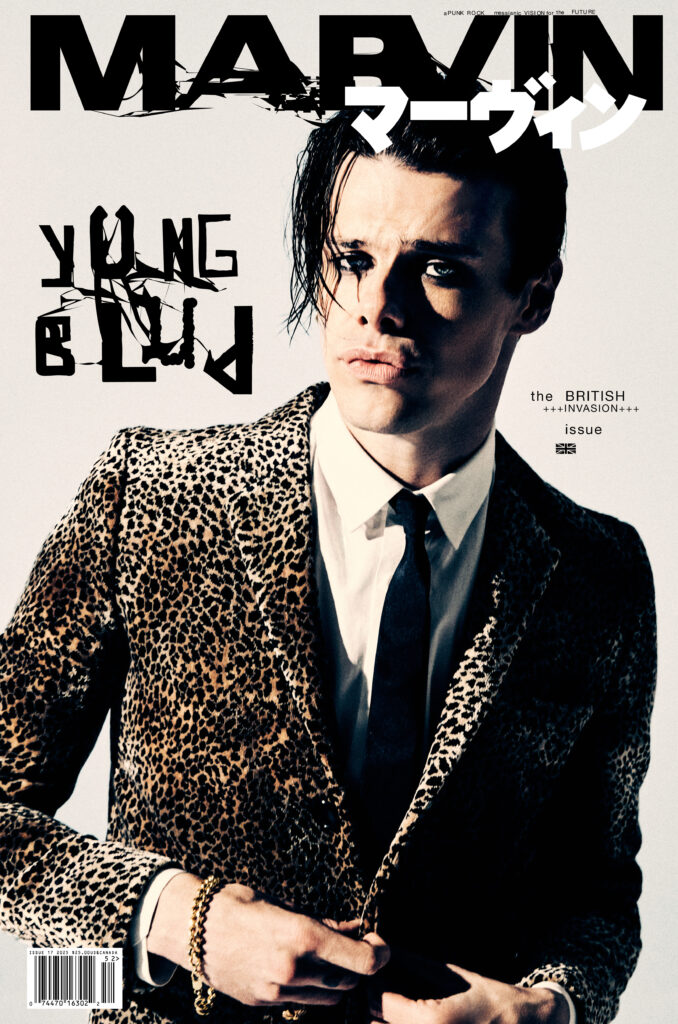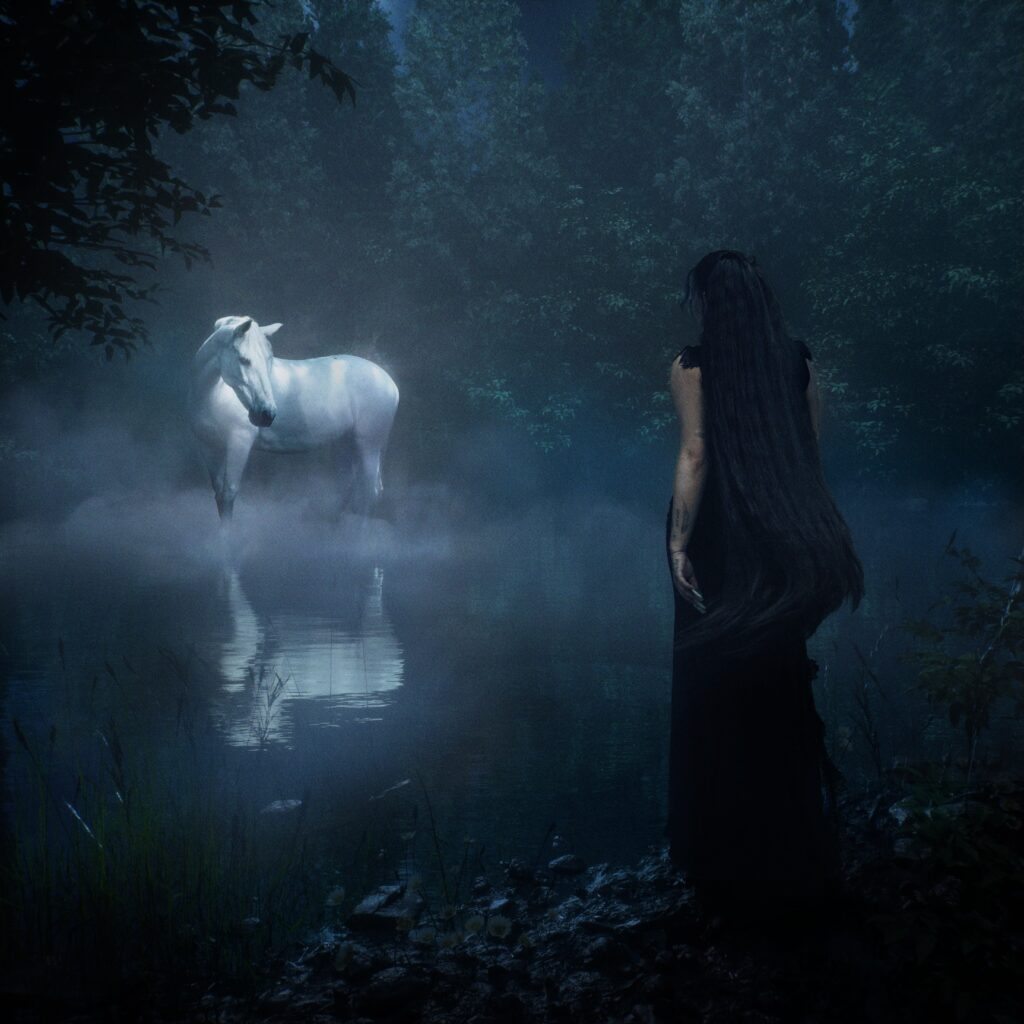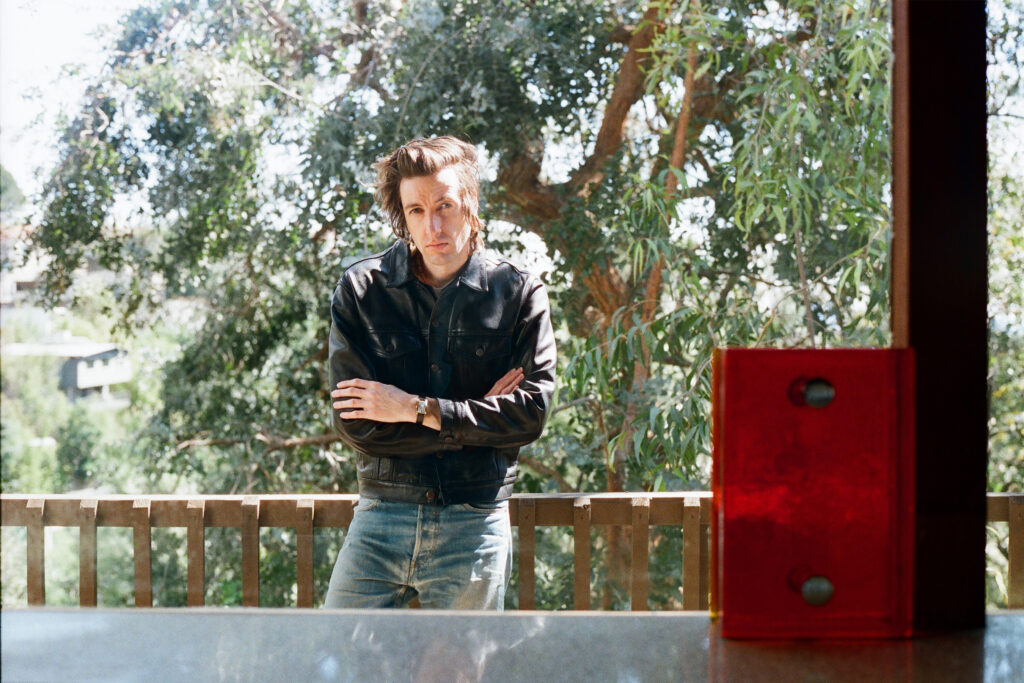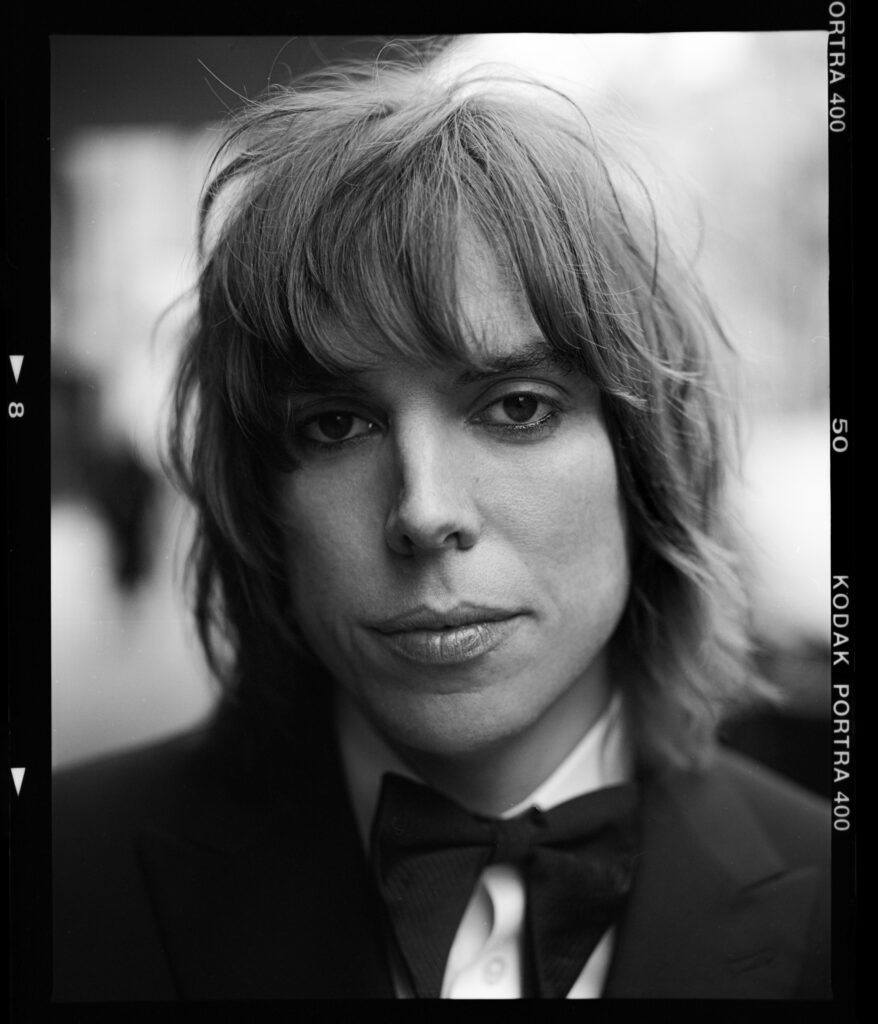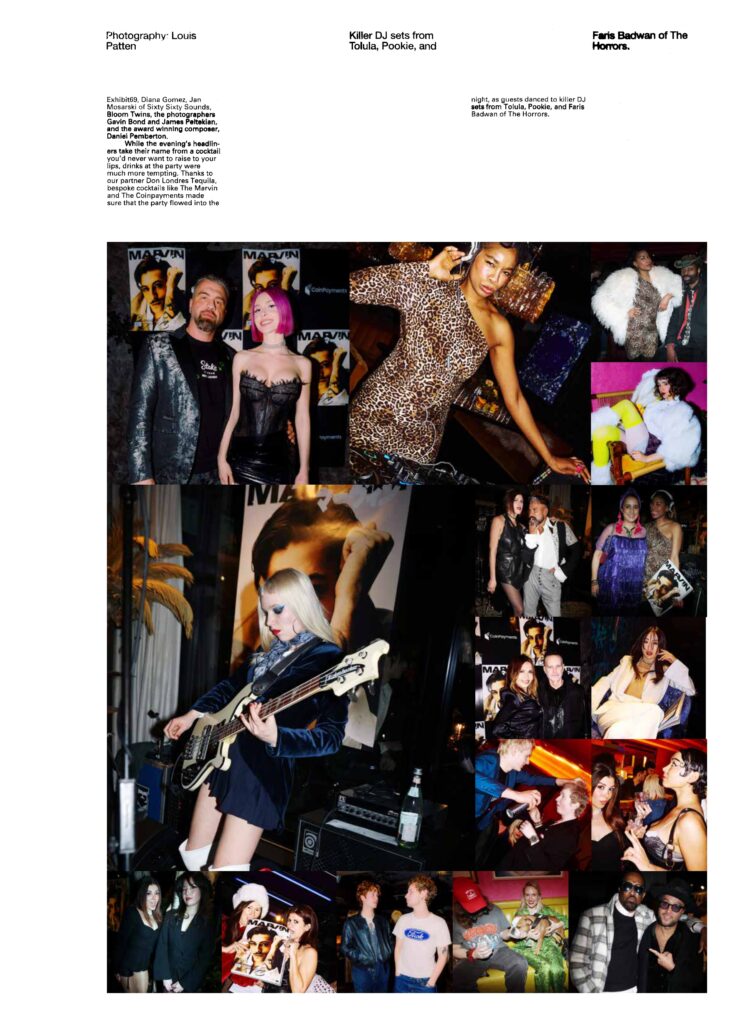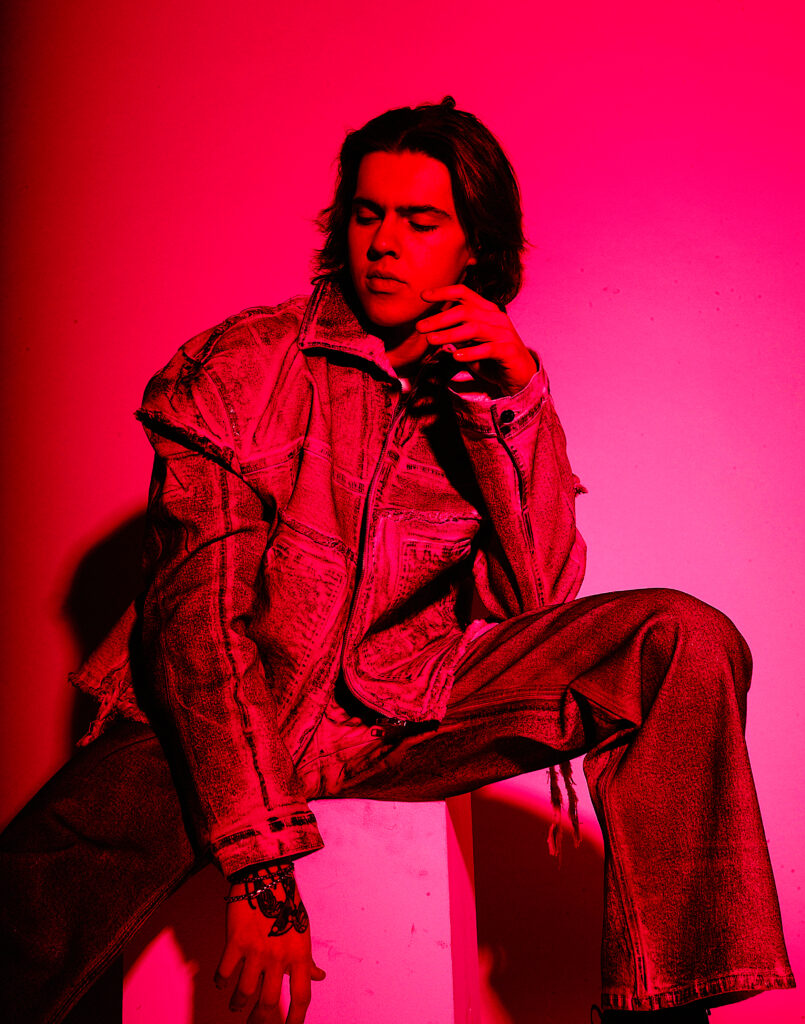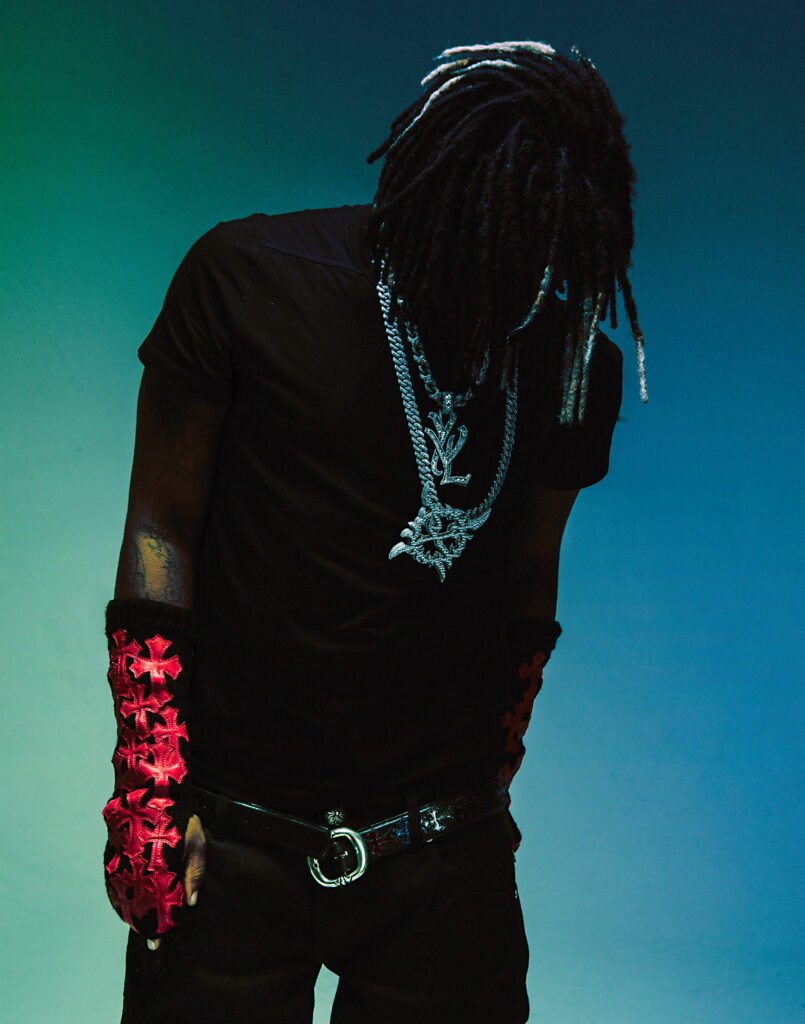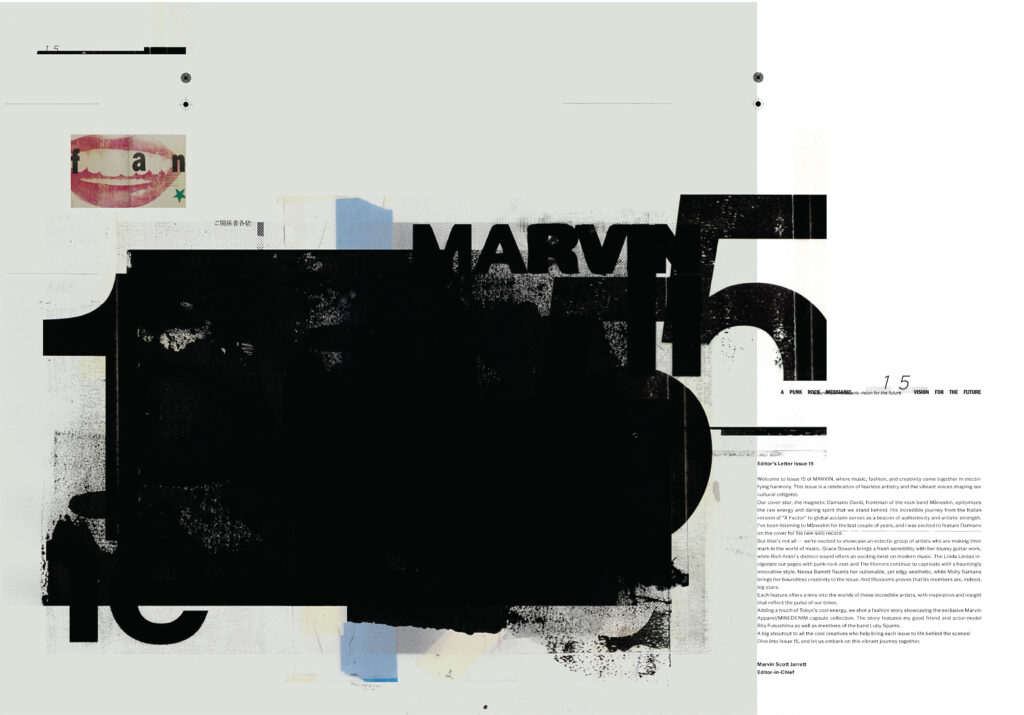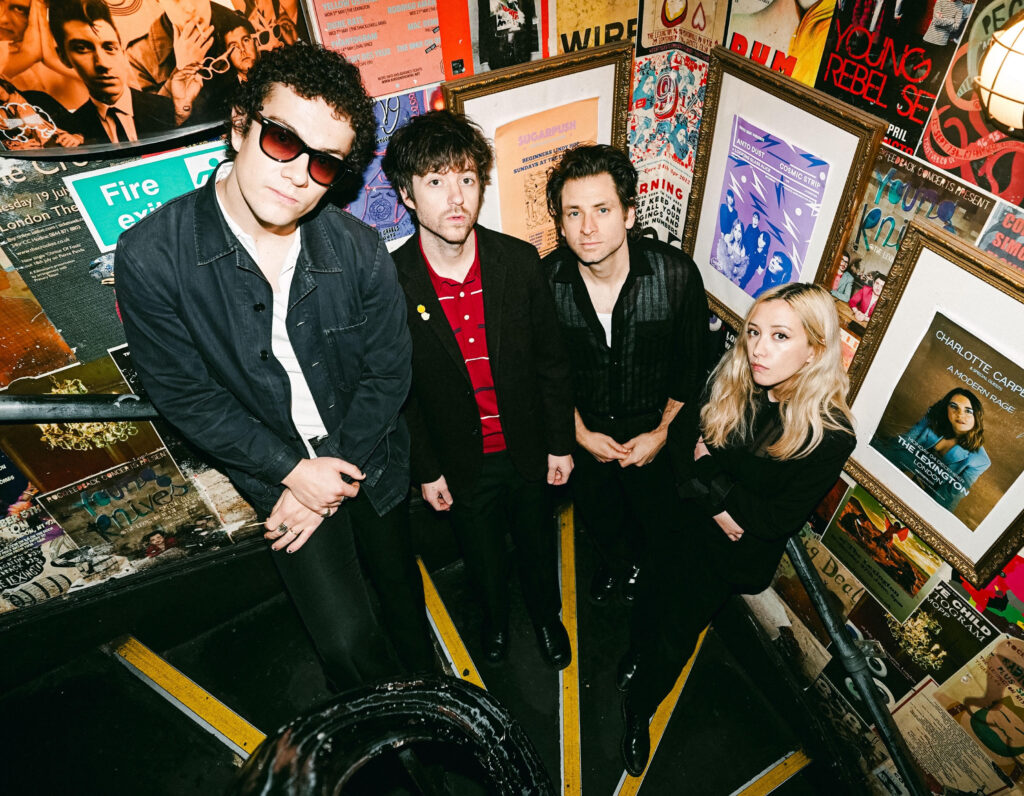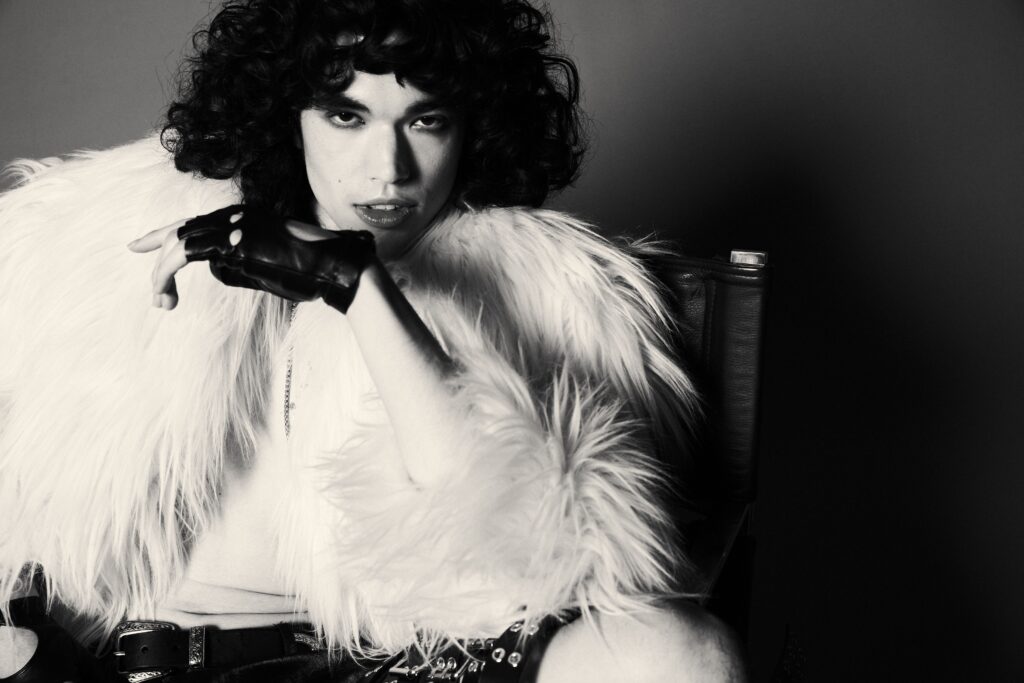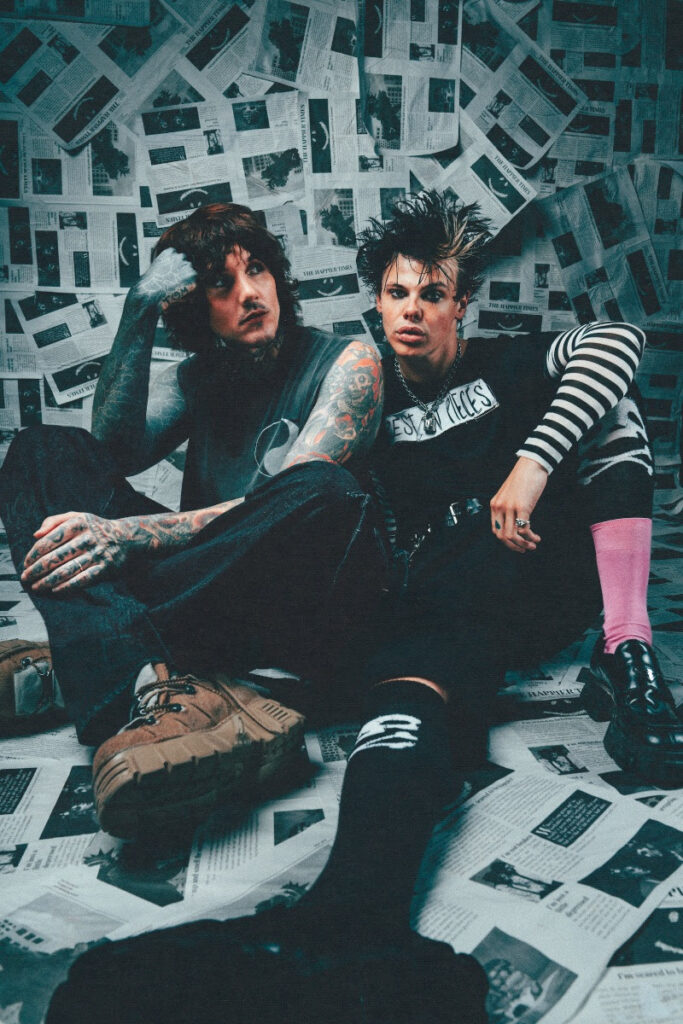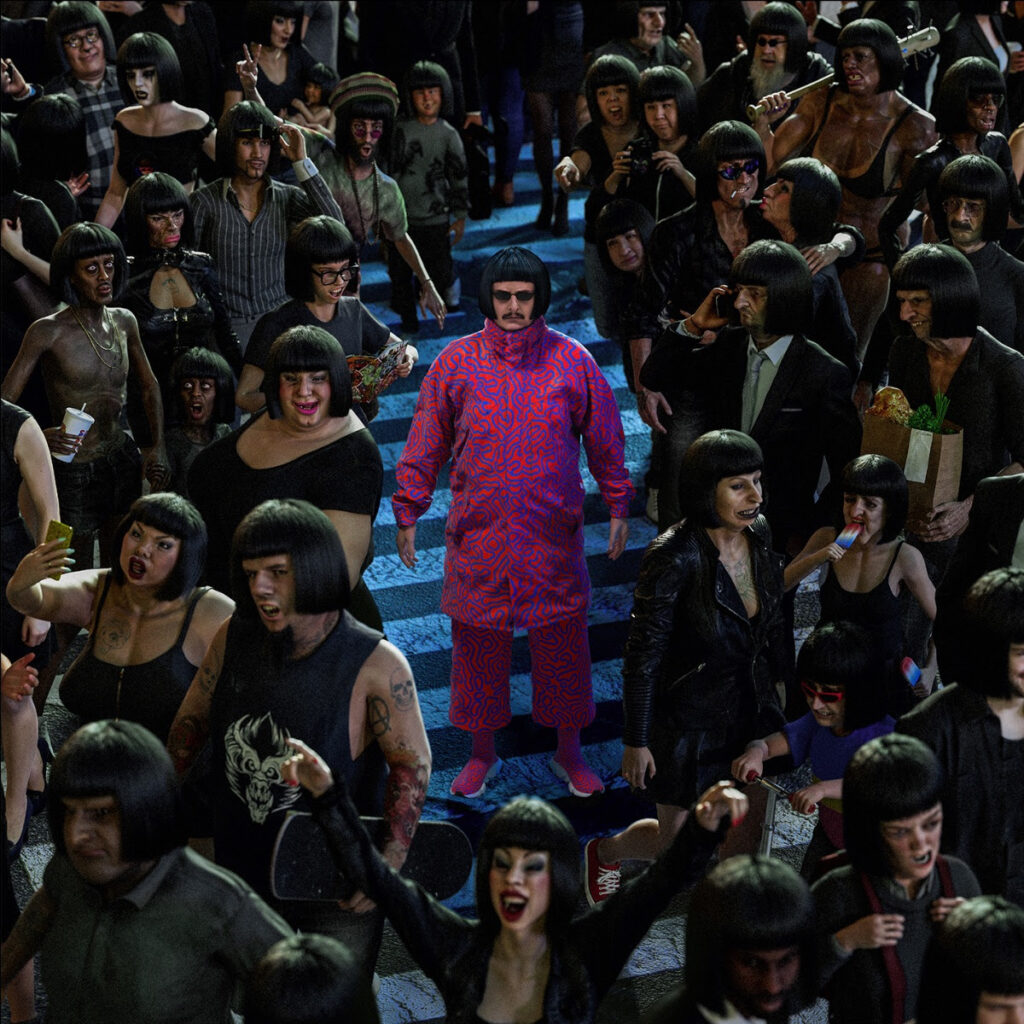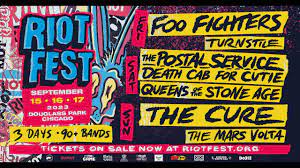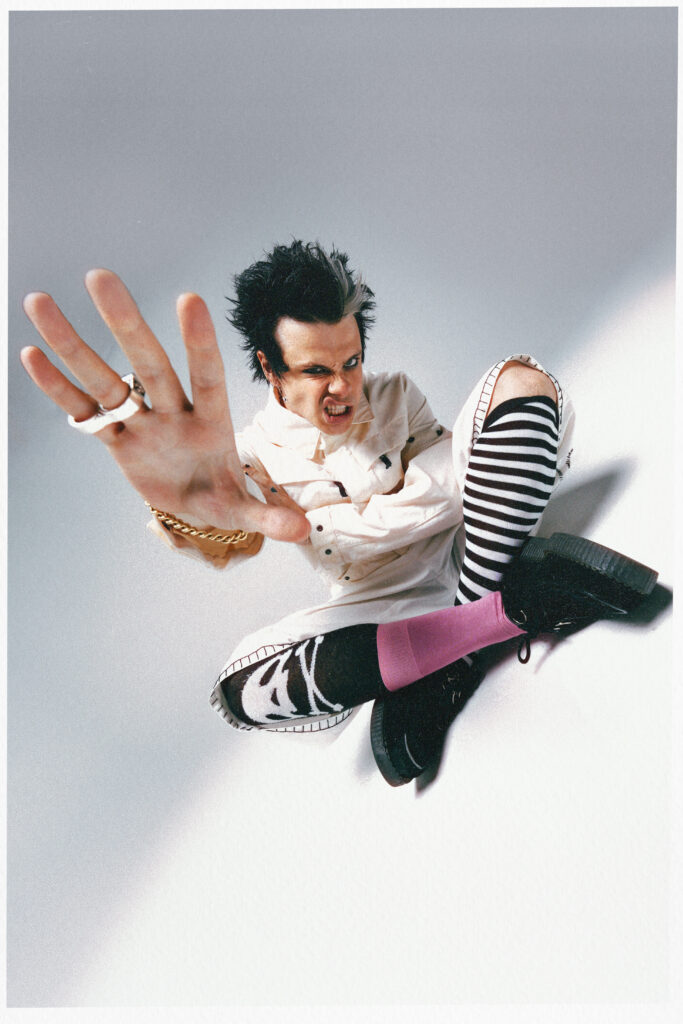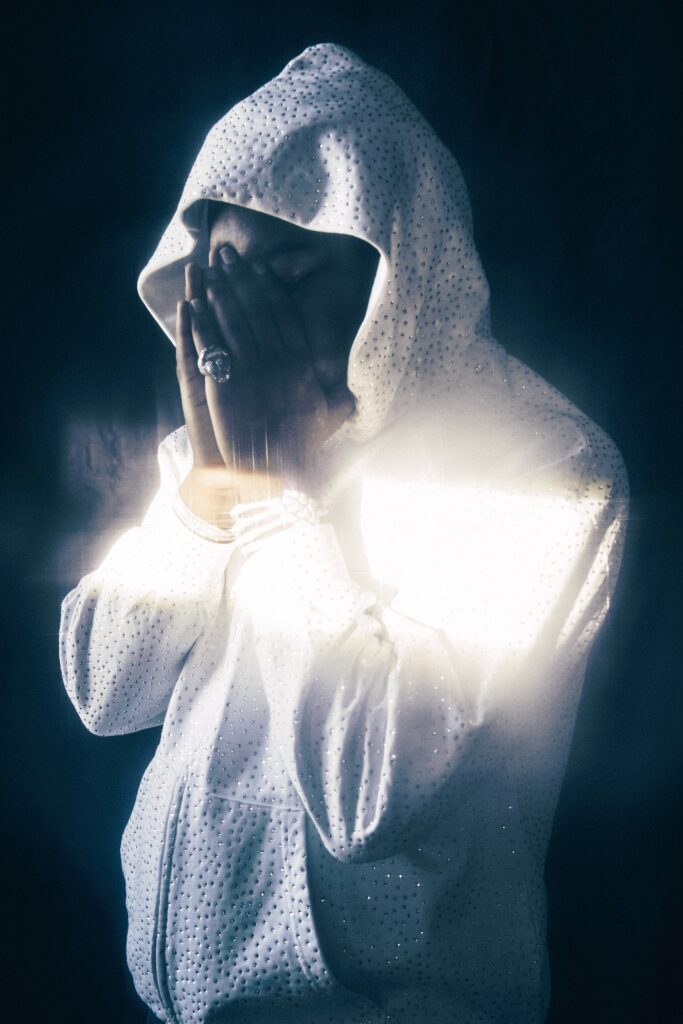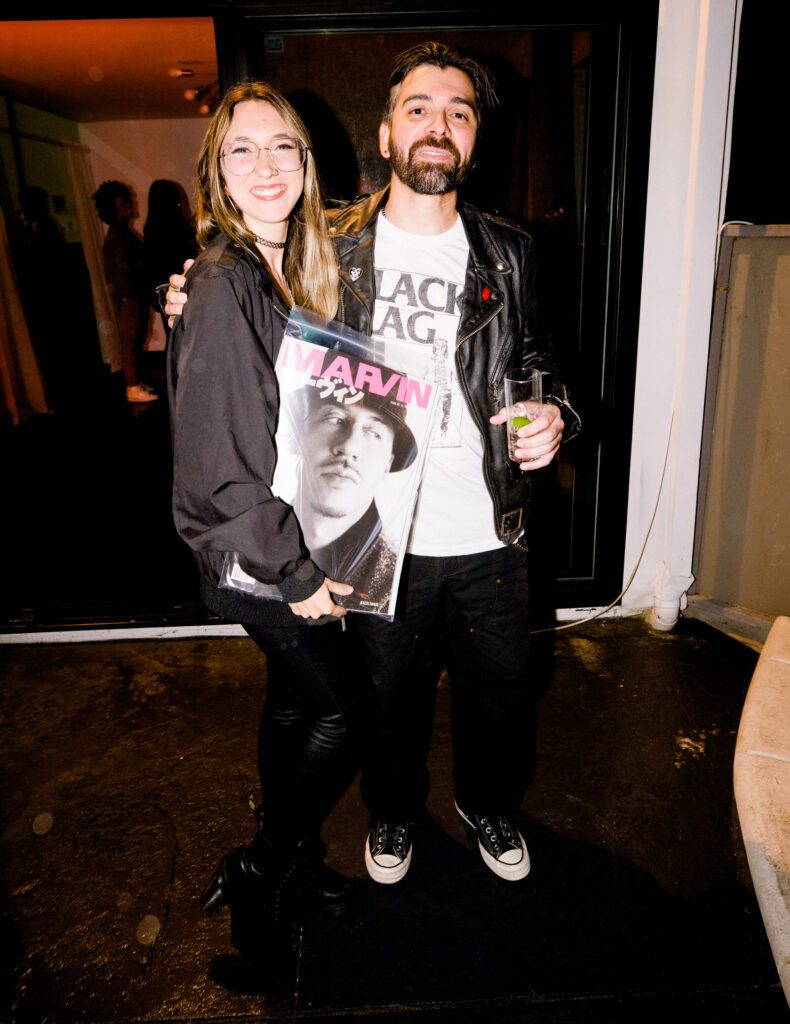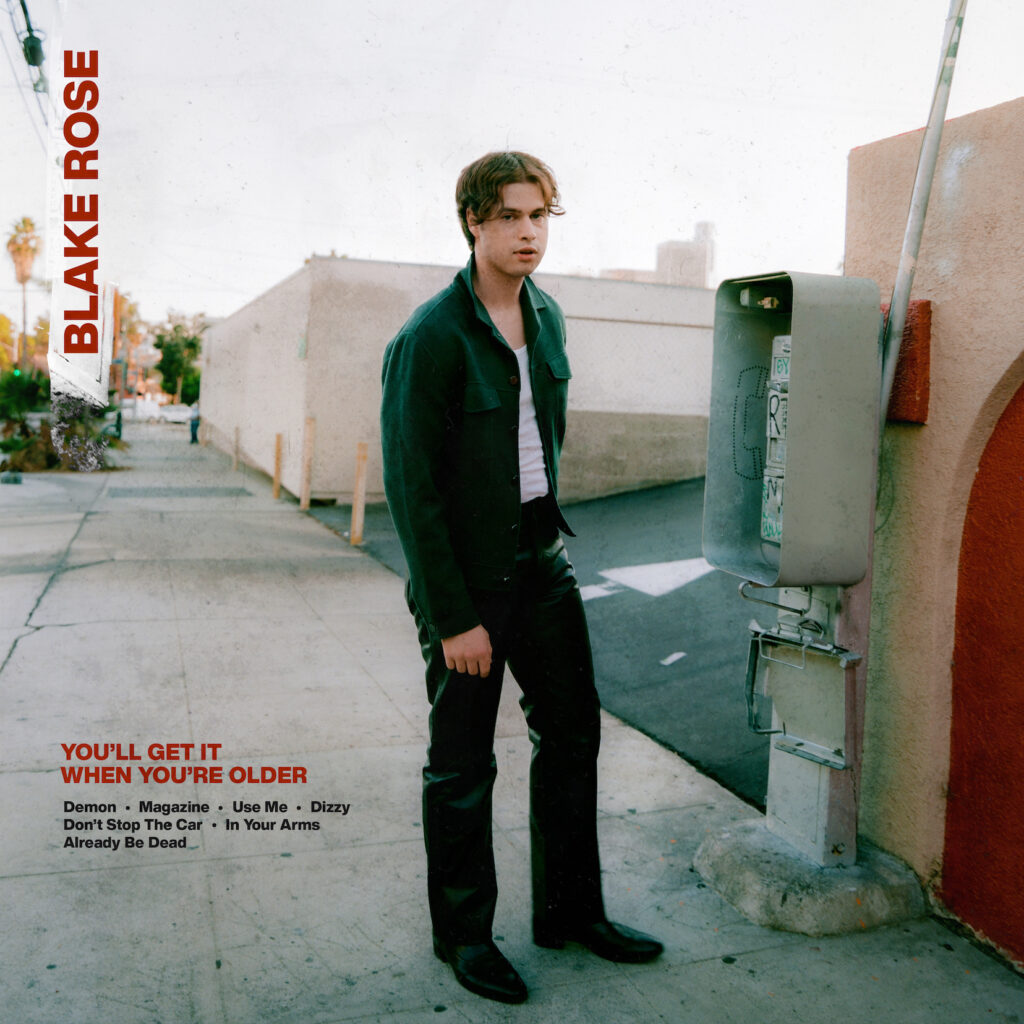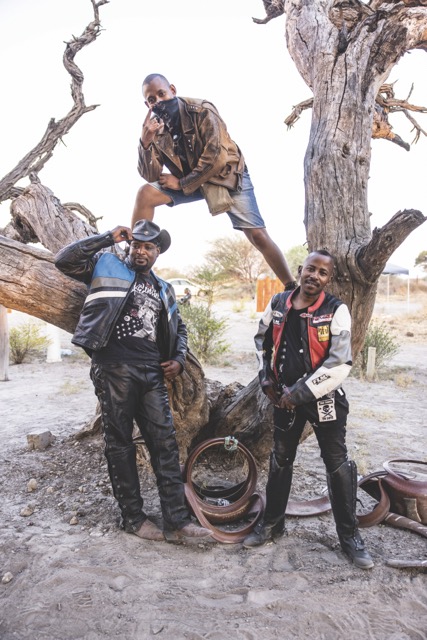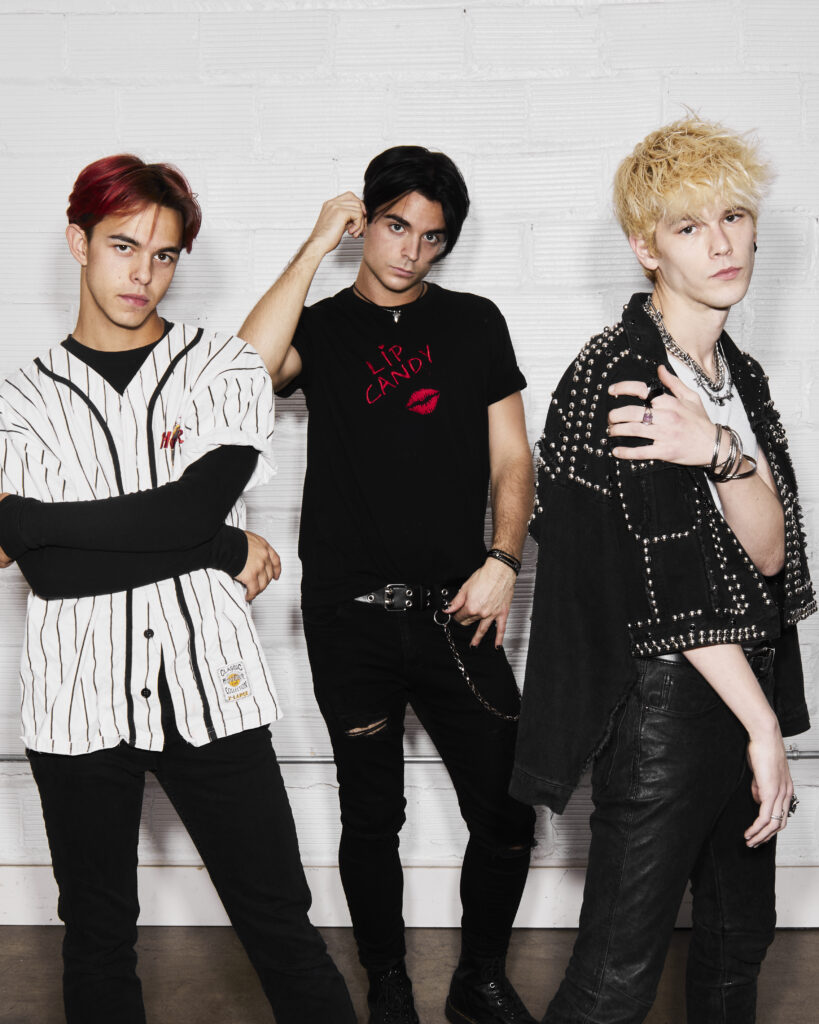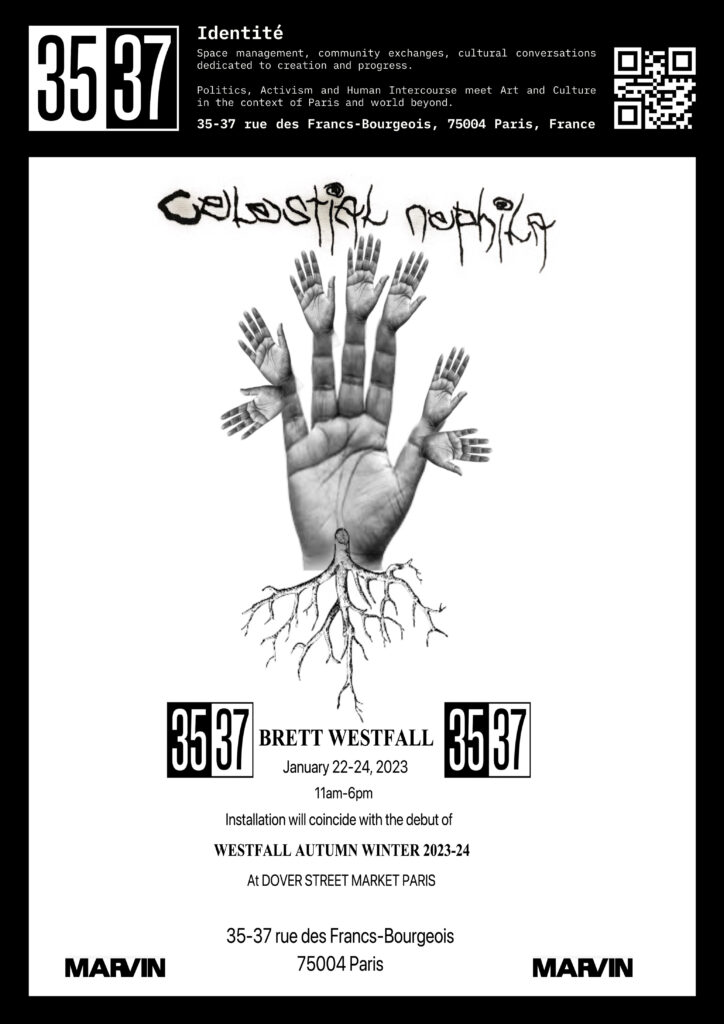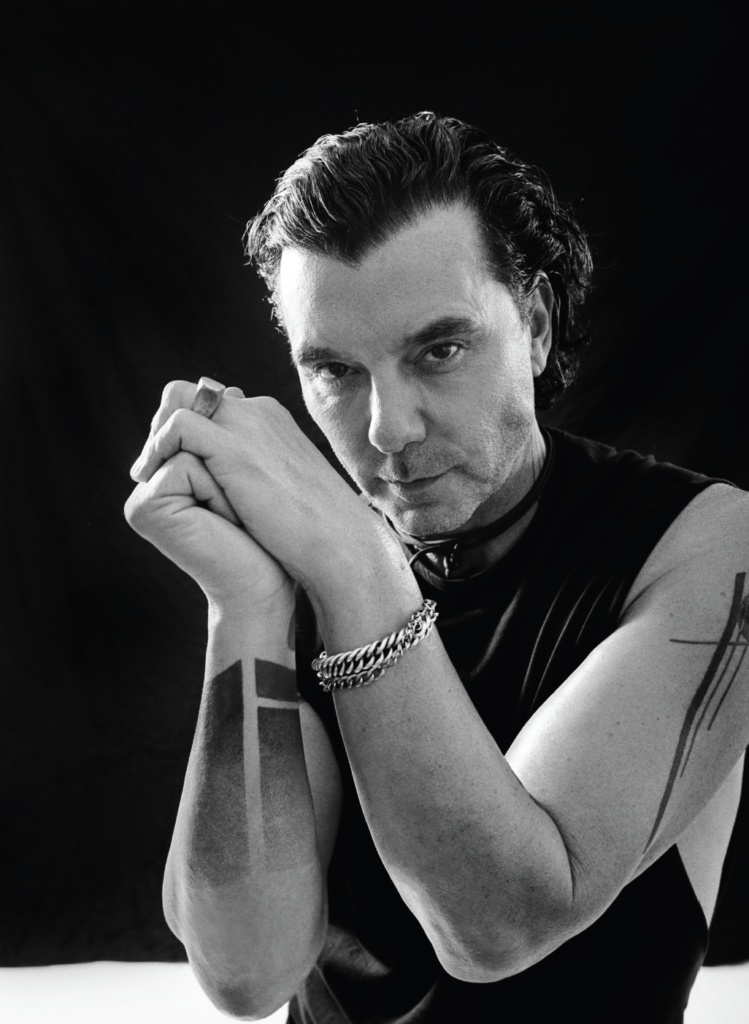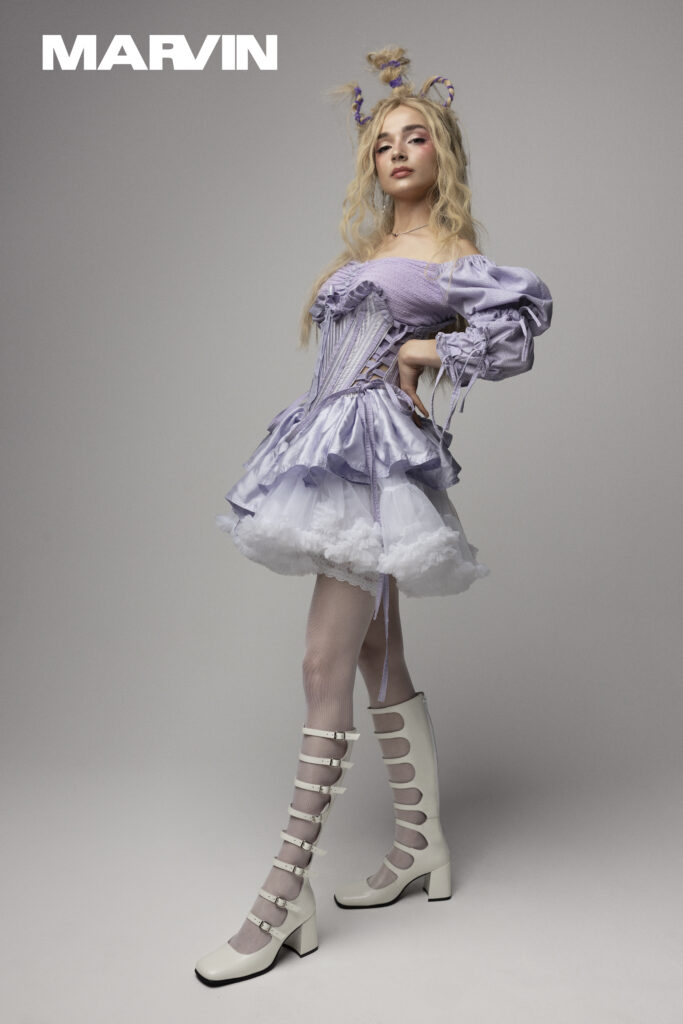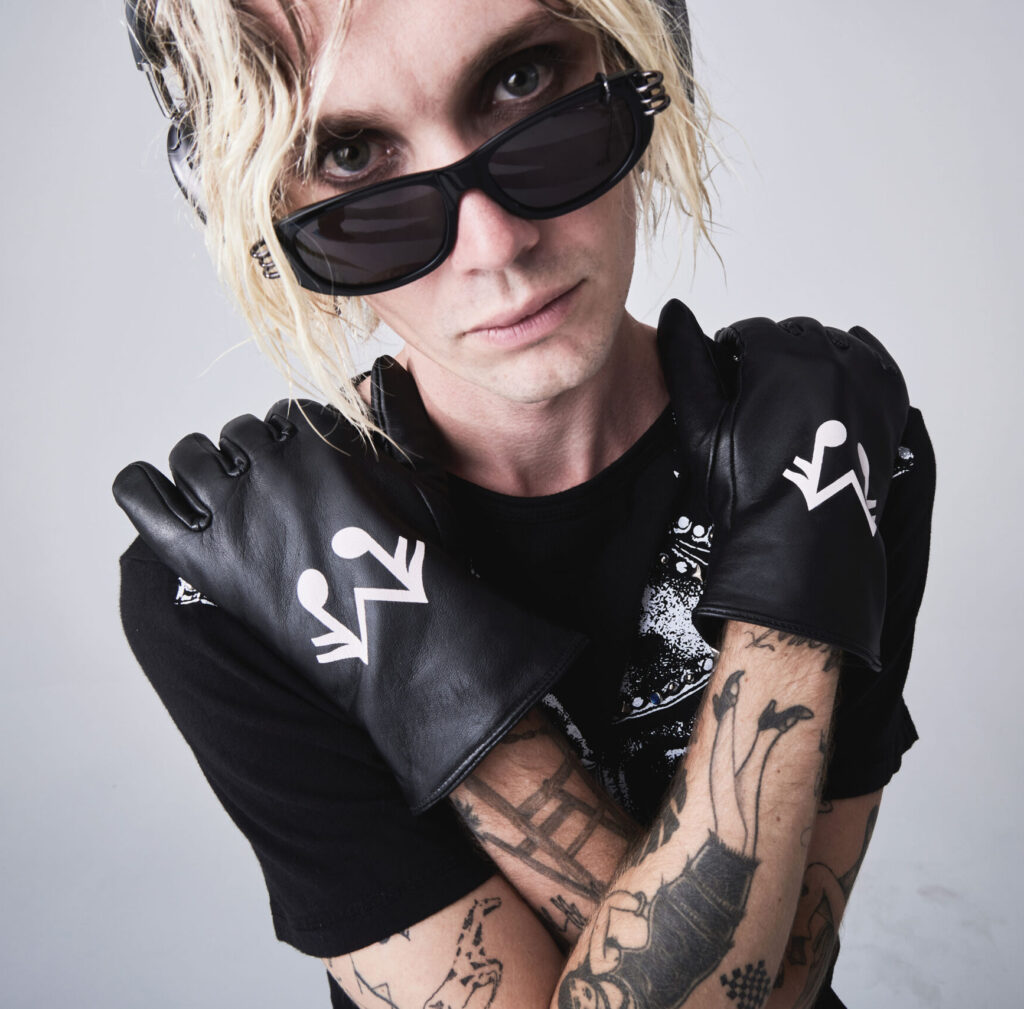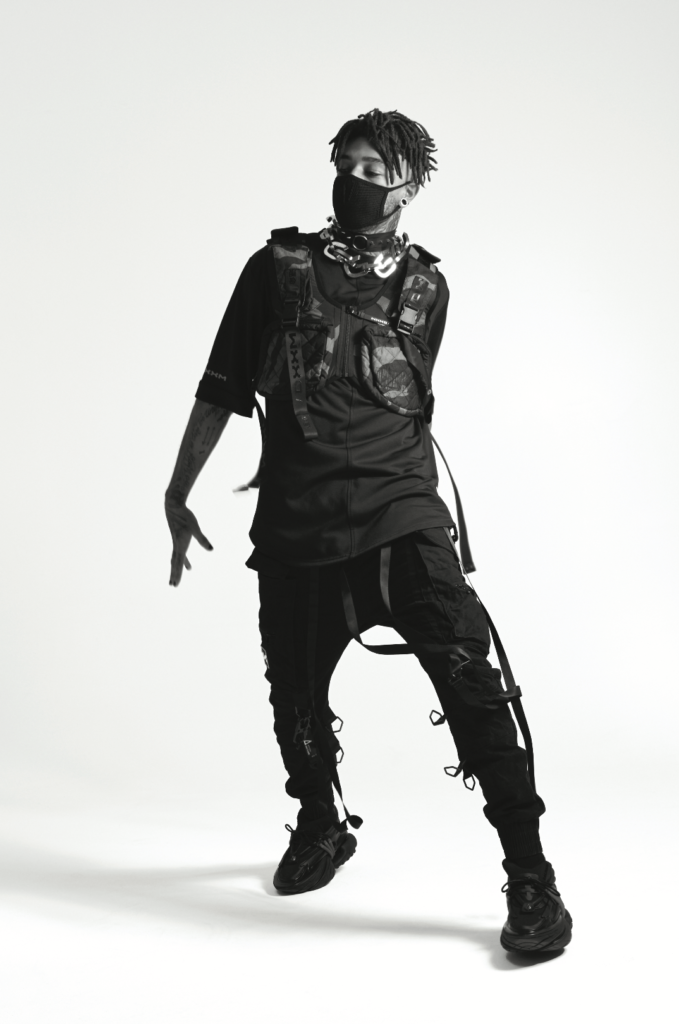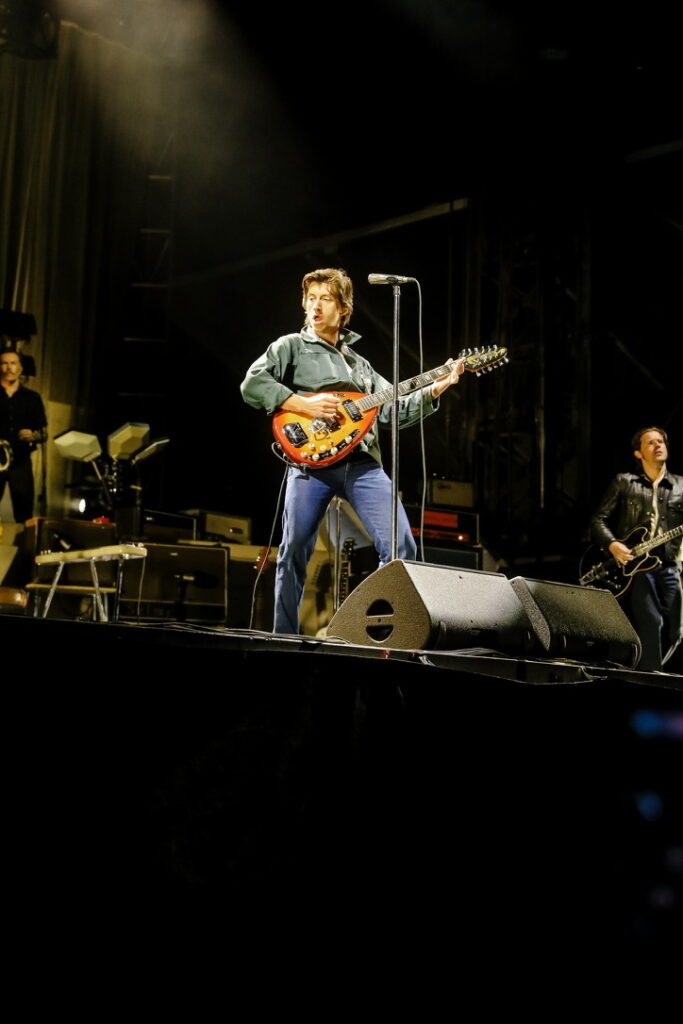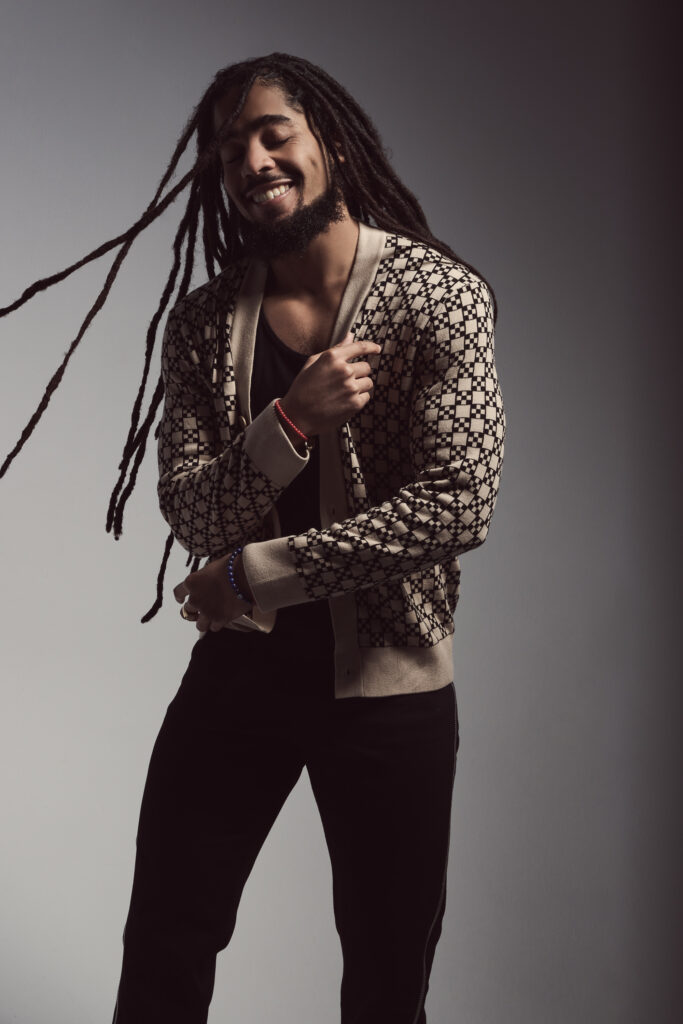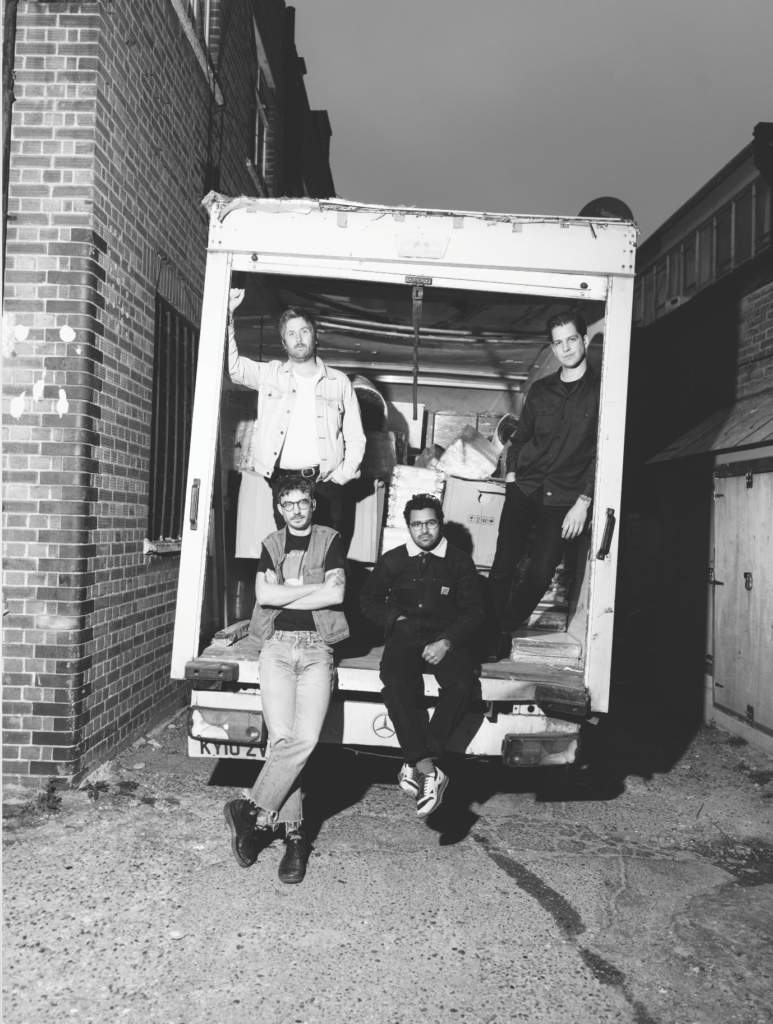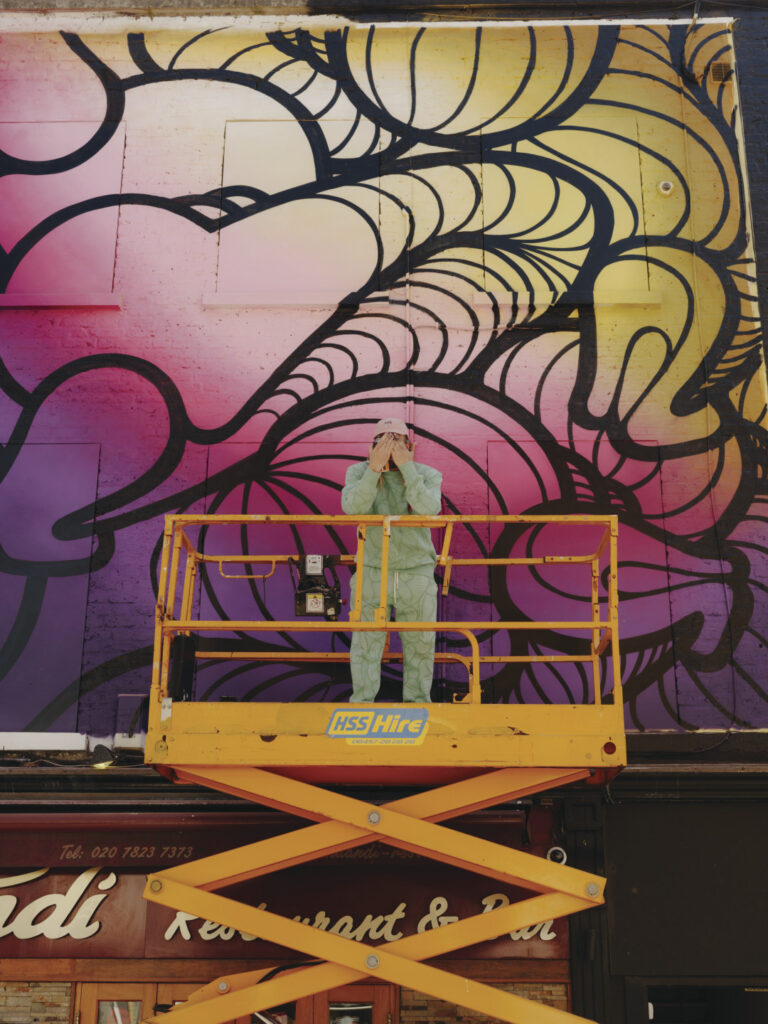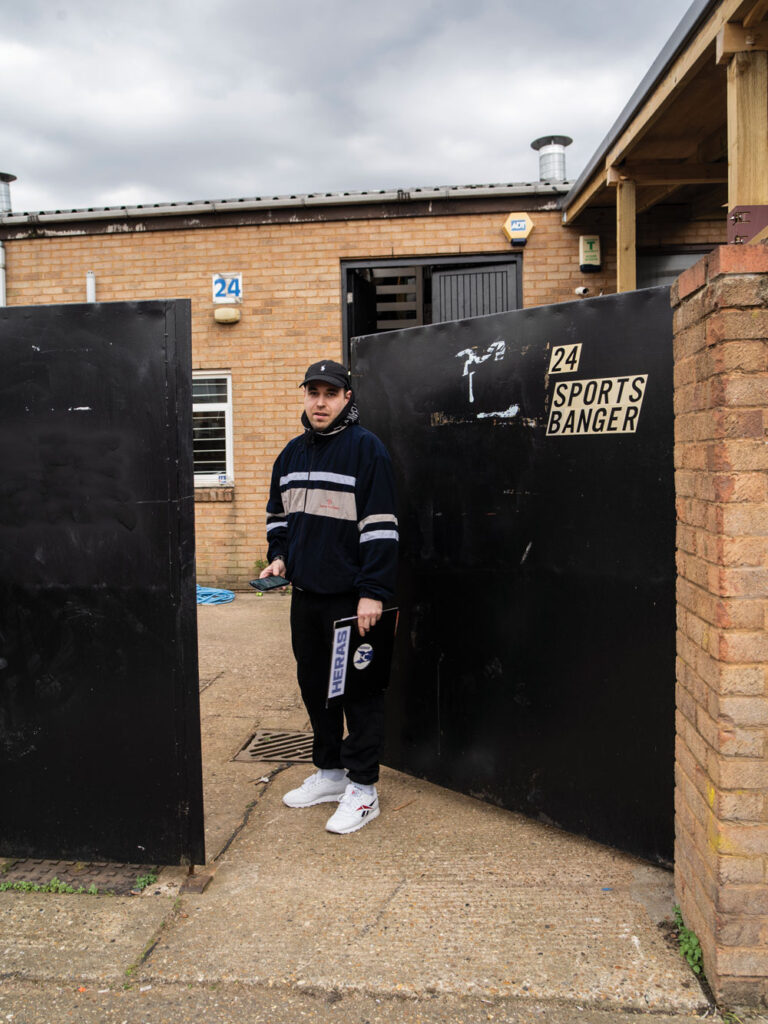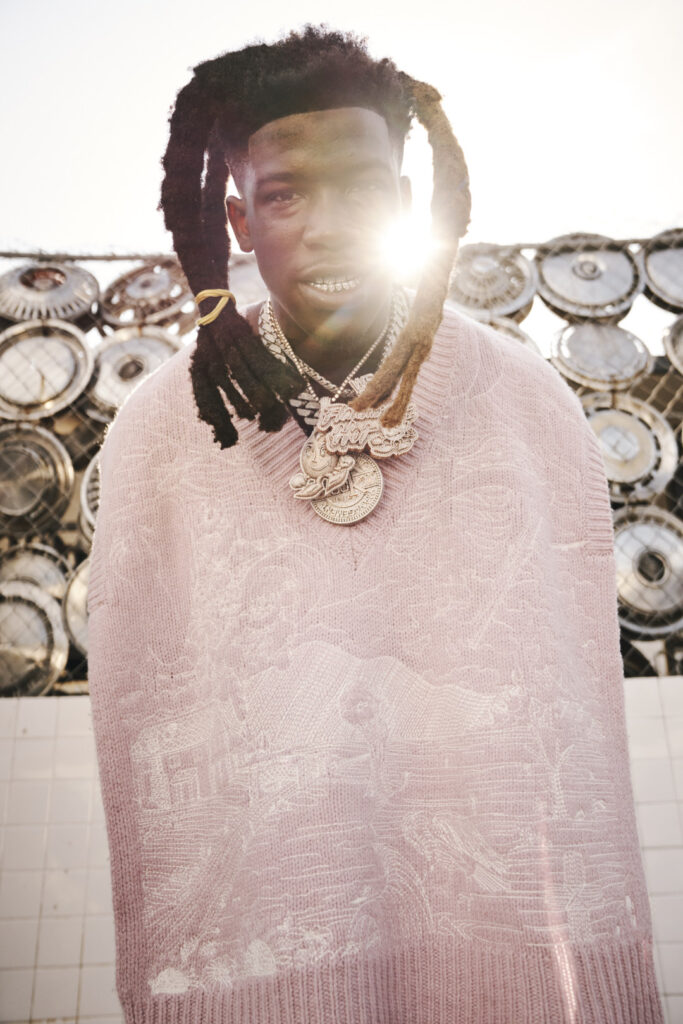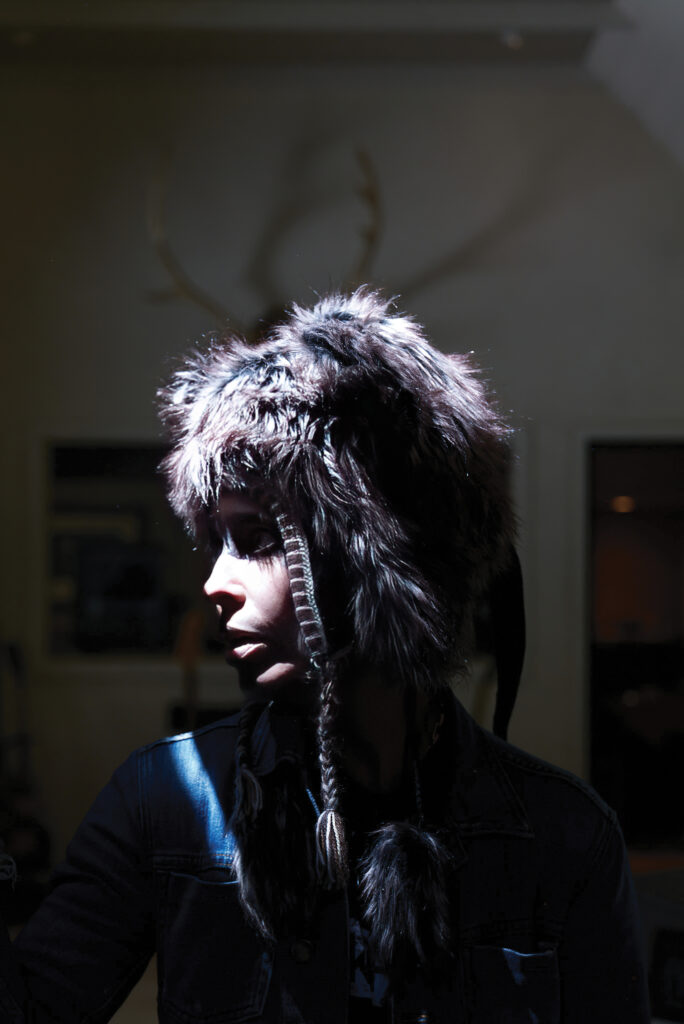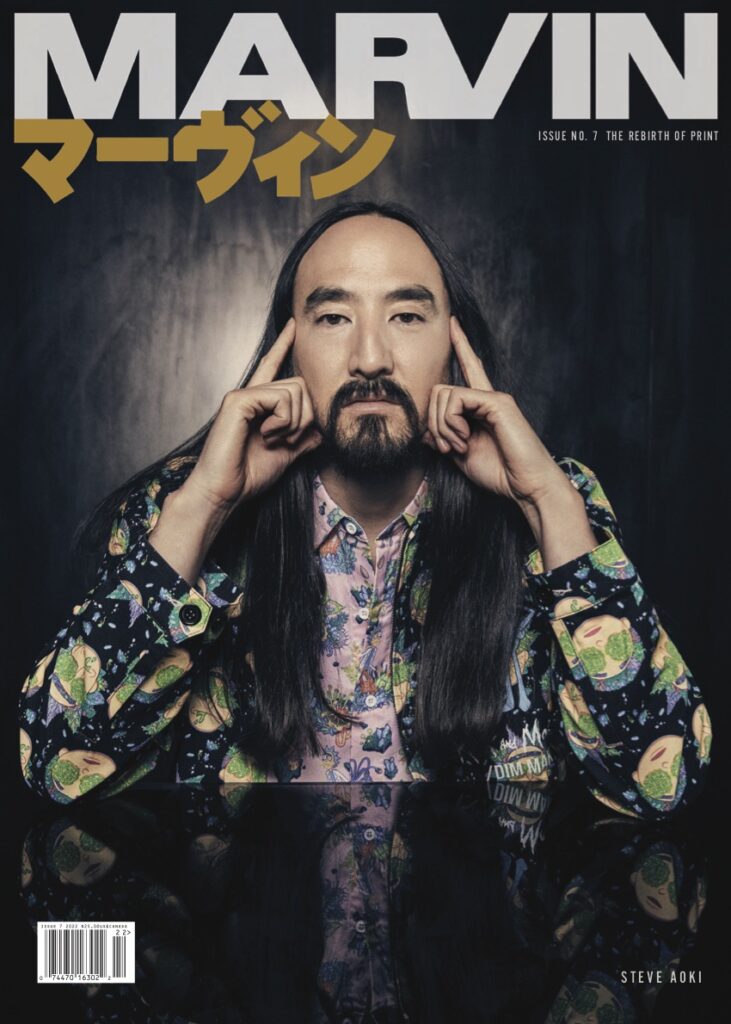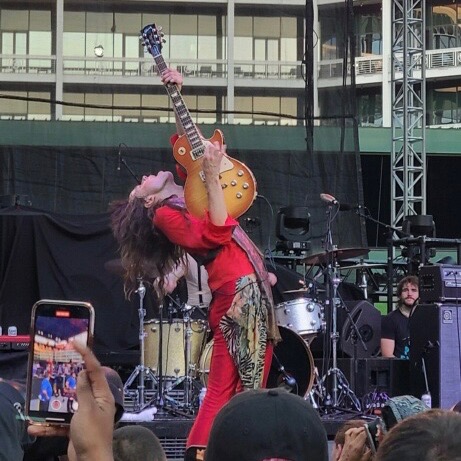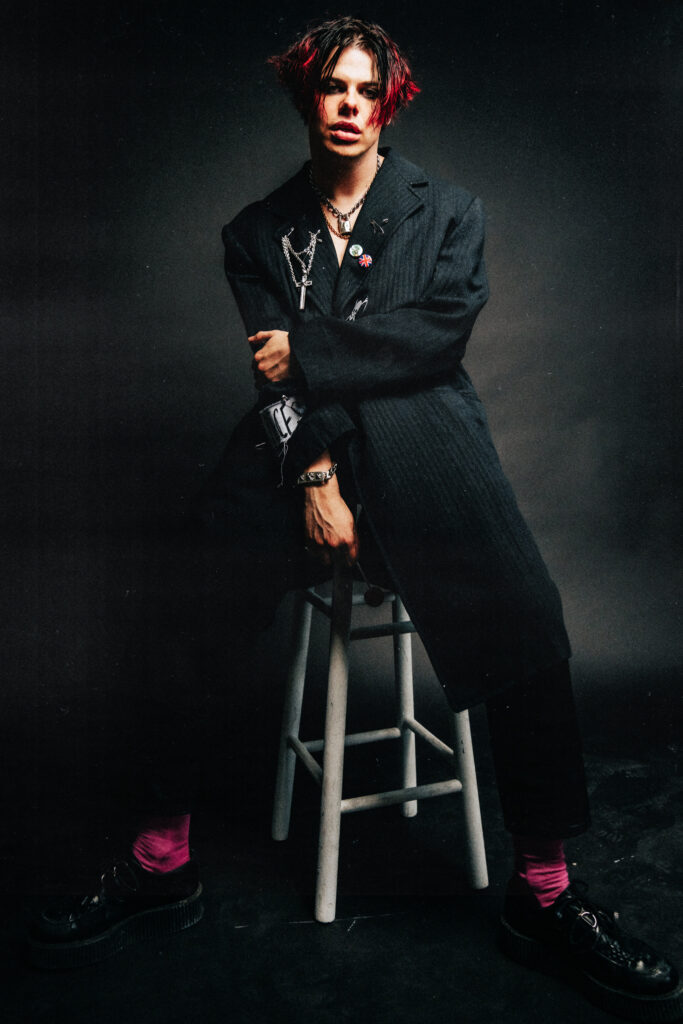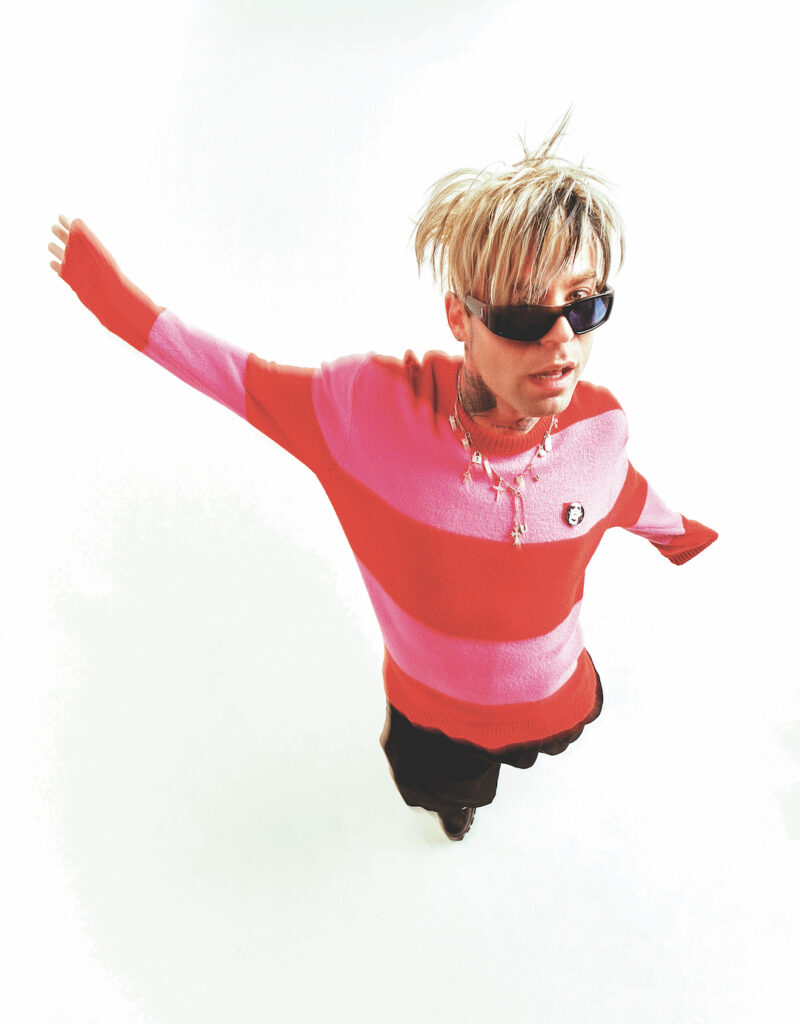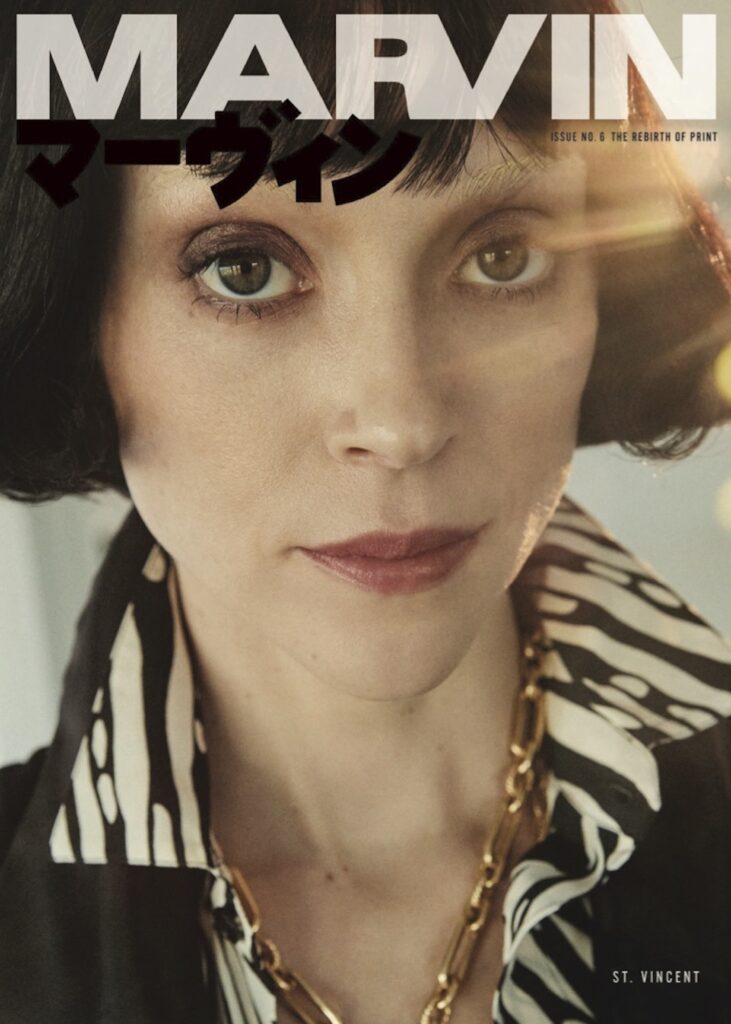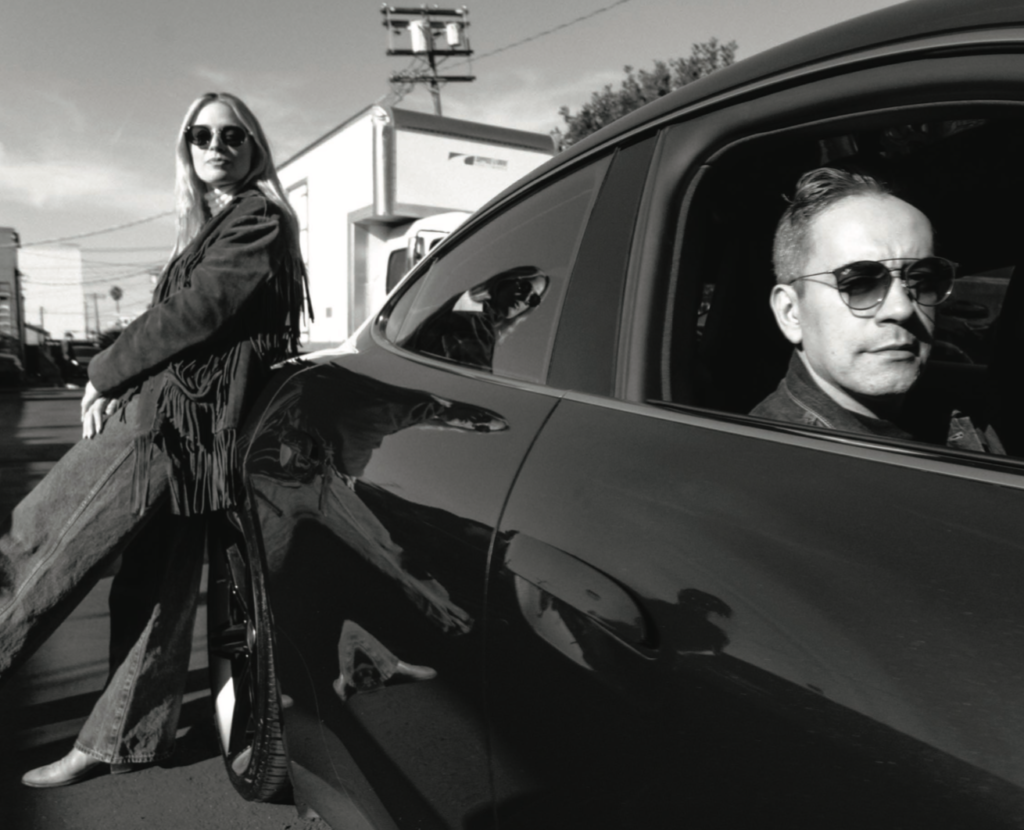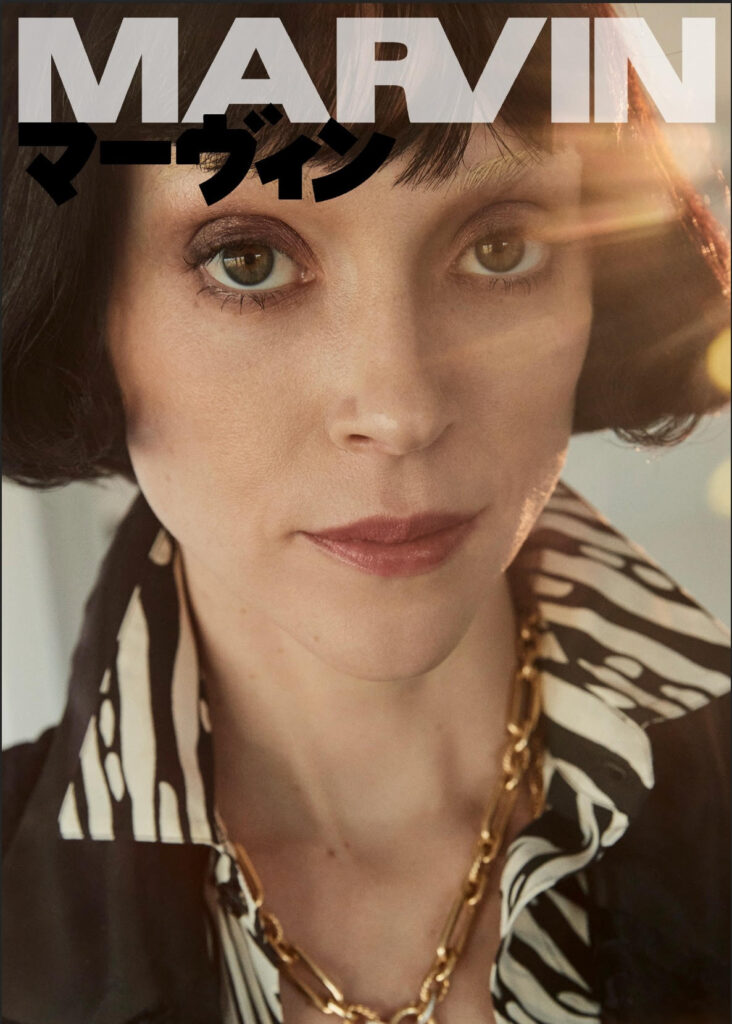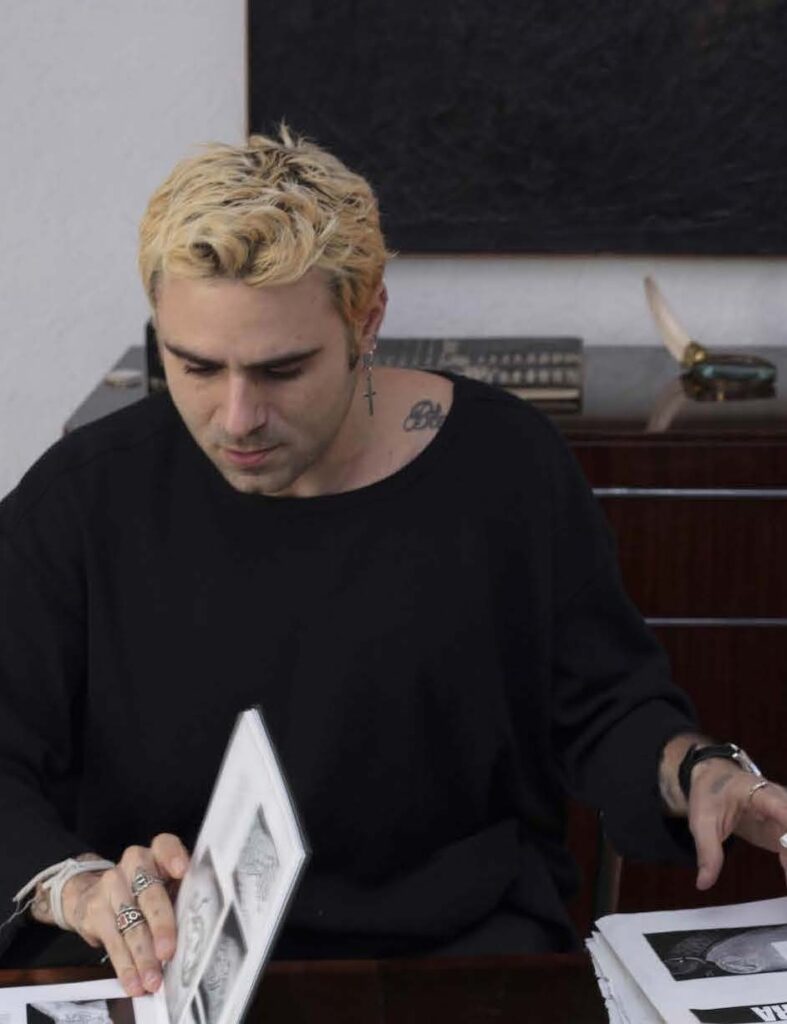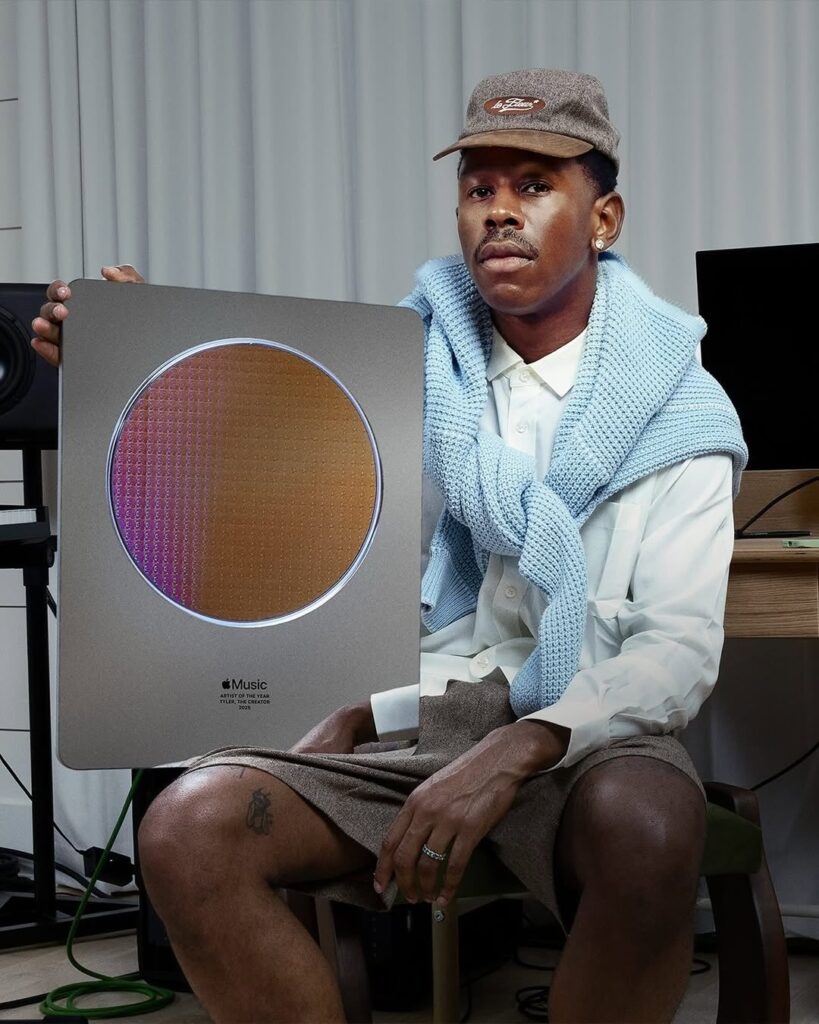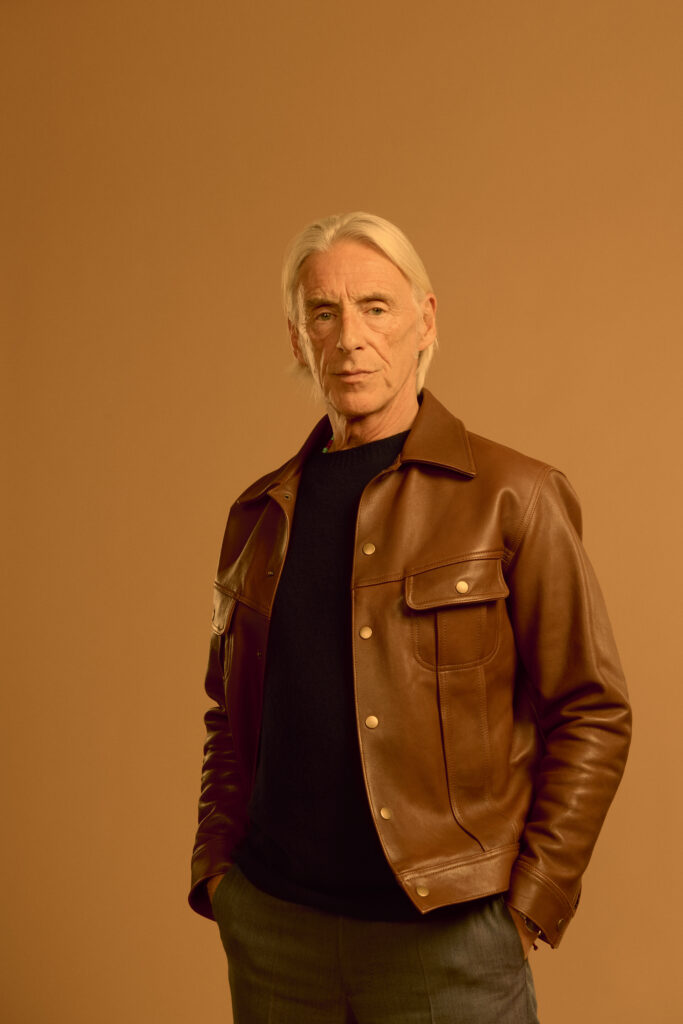MARVIN x Marshall: The rise and rise of Marshall Amplification

Photo by Ki Price
What started more than six decades ago in a small electrical store in Hanwell, West London, would go on to become one of the most iconic brands in music.
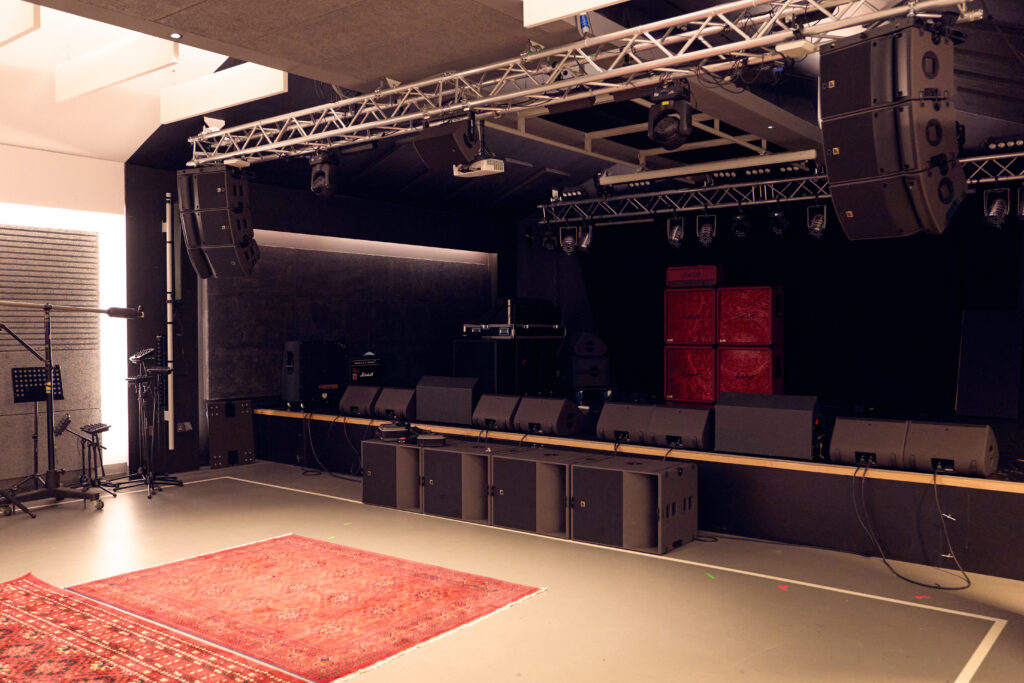
Photo by Ki Price
Back in 1962, The Who’s guitarist Pete Townshend encouraged Terry Marshall to persuade his father, former drummer and teacher Jim Marshall, to build something a louder piece of equipment to complement his band’s explosive rock and roll sound. Along with two more famous guitarists who regularly visited the shop — Ritchie Blackmore of Deep Purple, and legendary ‘60s guitarist Big Jim Sullivan — they pushed Marshall to make guitar amplifiers and told him the sound and design they wanted.

Photo by Ki Price
With the famous Marshall sound founded upon an amplifier built in a garden shed by a few amateur radio fanatics, the company grew quickly. In 1966, Marshall took over a factory site in Milton Keynes, and early fans included Jimi Hendrix, whose first port of call upon arriving in England was to head straight to the man who built amps for his idol Eric Clapton.
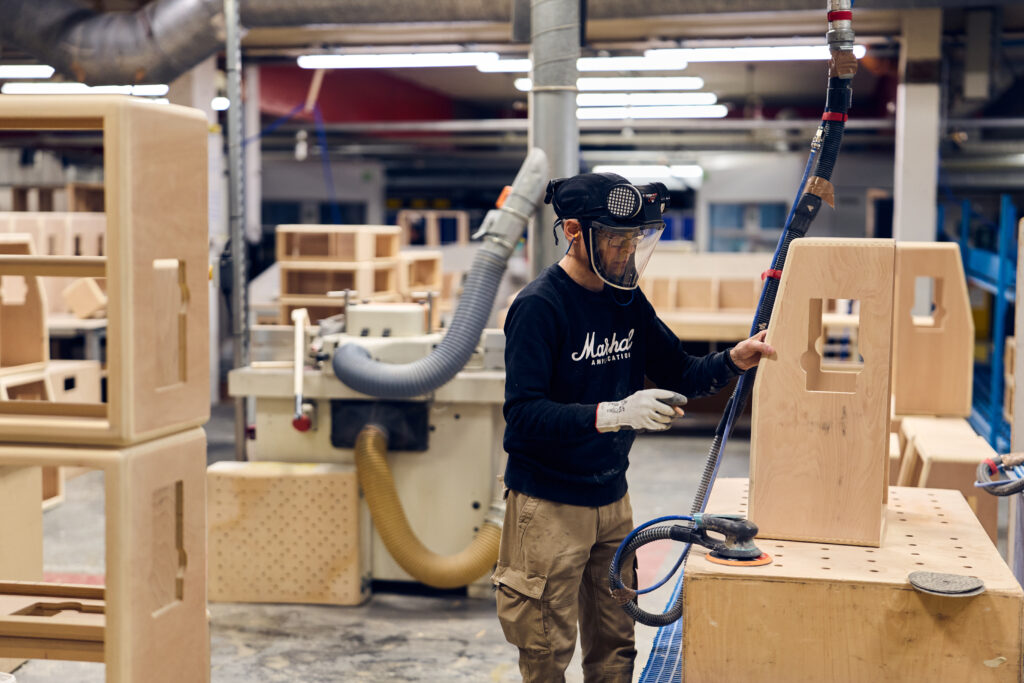
Photo by Ki Price
In the time since, Marshall has created countless award-running, scene-fuelling products, including the Kilburn III speaker, Monitor III headphones, Heston 120 TV Soundbar and Modded JCM800 Amps. In the mid-2010s, the company also undertook the next logical step of its evolution — launching a record label.
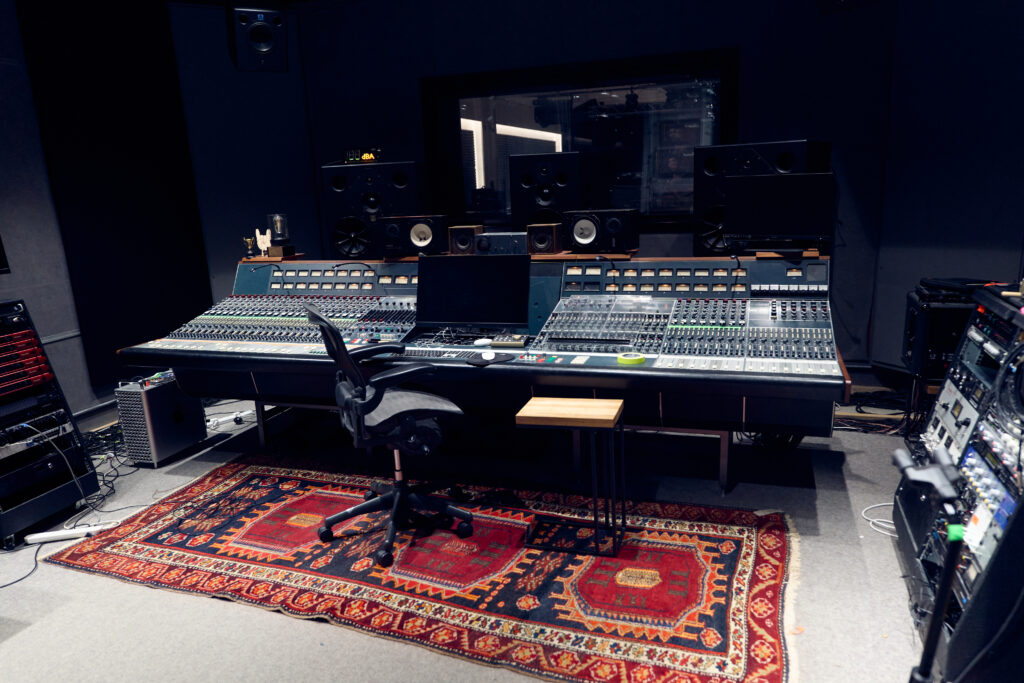
Photo by Ki Price
Alongside its goal of supporting grassroots and emerging talent, the key difference was that Marshall Records offered a more equitable deal structure than most major labels. “We were one of the first labels to offer a 75 per cent net artist rate,” explains Marshall Amplification’s director of music platforms Steve Tannett.
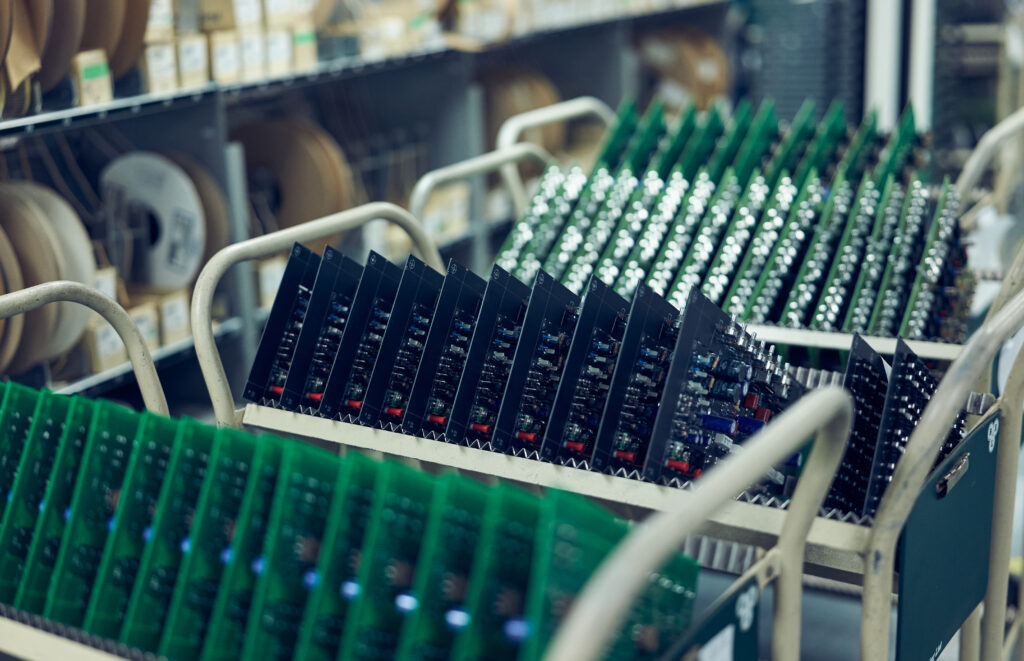
Photo by Ki Price
With these ambitions in mind, the team also built a world-class recording studio alongside the factory in Milton Keynes as a place where artists can “feel at home and not have to clock-watch.” Alongside a 250-person live room, the Marshall Studio boasts the UK’s most powerful Dolby Atmos sound-system, which specialises in immersive audio mixing. Then there’s the unrivalled legacy of its centre-piece: a vintage Neve 8048 mixing desk which was used to record Thin Lizzy’s highest-charting UK album, Black Rose, and The Rolling Stones classics Some Girls, Emotional Rescue and Tattoo You.
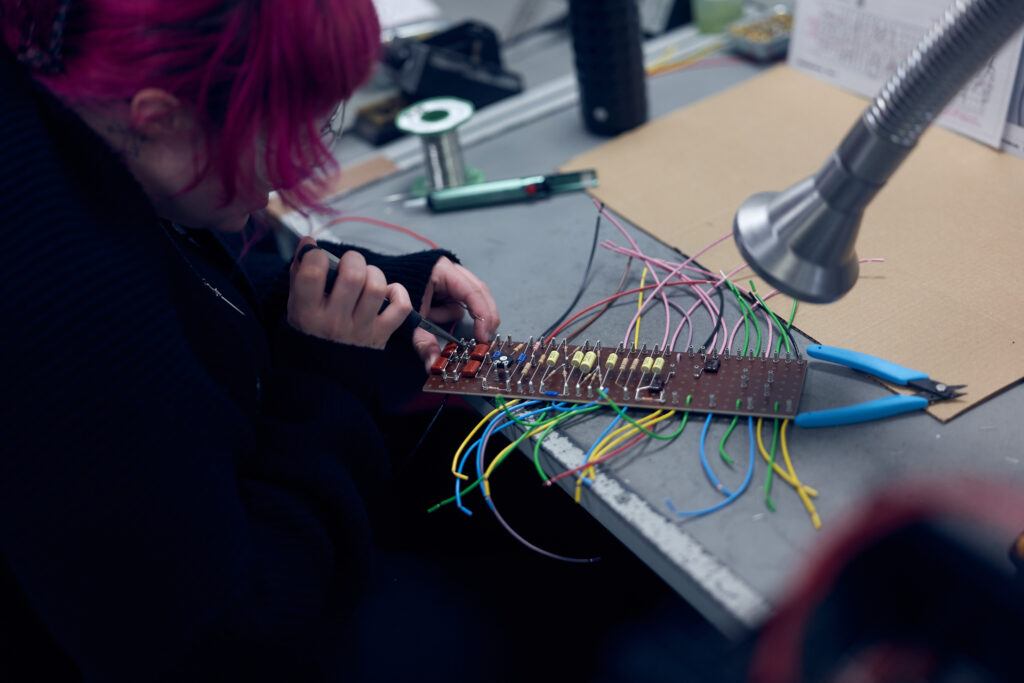
Photo by Ki Price
Read the full feature in the MARVIN British Invasion Issue. Click HERE to purchase.
